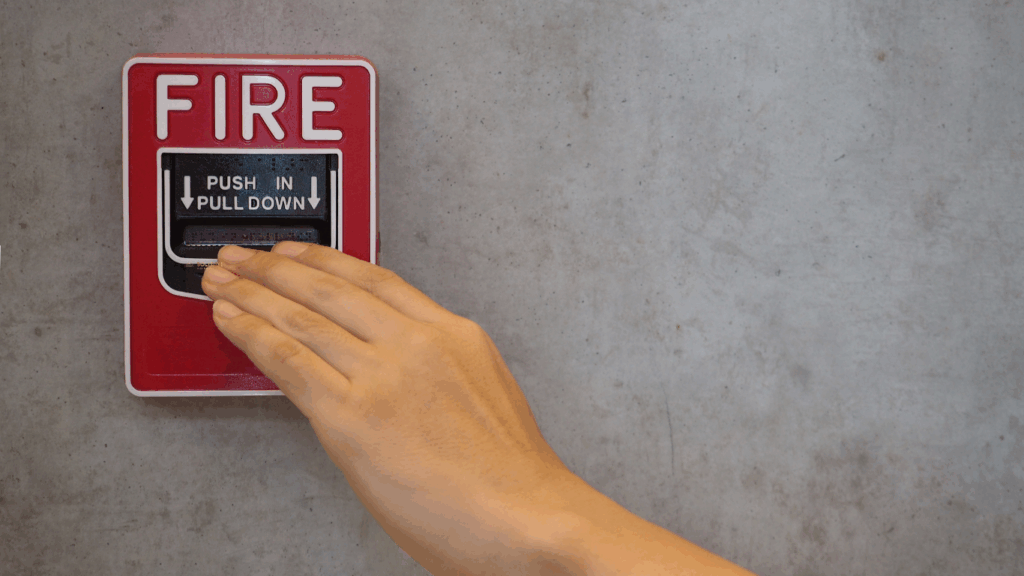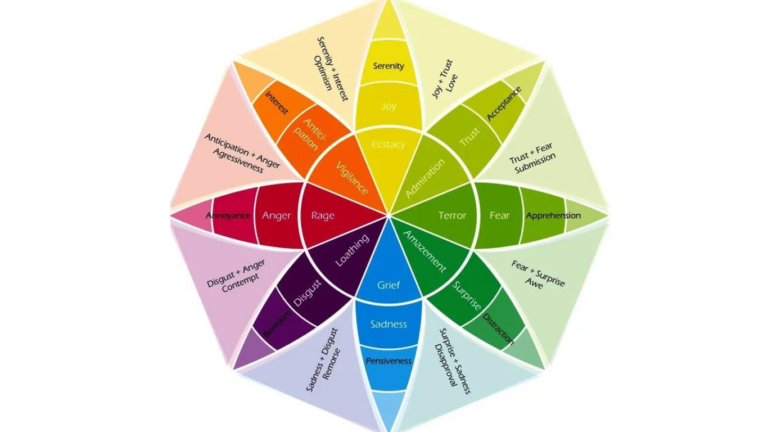I want chronic pain sufferers to know that it doesn’t have to be so difficult to recover from chronic pain. It doesn’t have to be a complicated process. We just need to get to the root of the pain. When I was in the thick of my chronic pain and fatigue, I often felt like I was in such a deep hole that it would be impossible to find a way out.

The one symptom I still occasionally have is my jaw tightening up. It feels like I’m clenching it, but I’m not. Writing and journaling were a big part of my healing, and when I had this symptom the other day, I started writing, which turned into this post. It got me out of pain, and I hope it helps you, too.
Why do you have chronic pain?
The root cause of most chronic pain is a signaling problem in the brain. It’s like when someone pulls the fire alarm, but there is no fire. When my jaw tightens up or I feel a little pain, I know that my primitive brain is interpreting perfectly normal sensations as if there were an injury to my body. It’s just a false alarm.
The signaling problem simplified
The primitive brain reads or interprets perfectly normal sensations as dangerous, so the brain signals pain. Our survival brain reads danger and signals pain as protection from further injury, but there is no danger.
As soon as our survival brain interprets those same sensations as safe, it turns down the pain or stops signaling it altogether.
This process of the brain signaling pain when there is nothing wrong can become a habit, and that is where the pain becomes chronic. Dr. John Sarno called this condition Tension Myositis Syndrome (TMS). It is also known as plainly chronic pain, Neuroplastic Pain, or Mind-Body Pain.
This includes any chronic pain in the body, such as chronic back pain, migraines, head pain, and many more, and also chronic fatigue, fibromyalgia, dizziness, itching, sensitivity to chemicals and foods, and almost anything chronic.
You should always get checked out by a doctor to be sure there isn’t anything wrong, but if you have been checked thoroughly and get a clean bill of health, you can be pretty confident you have TMS.
Why the brain signals pain
Why does your brain signal pain even though there is no danger to the body? The brain doesn’t need to protect us by signaling pain, but it’s doing it anyway. A normal functioning primitive brain only sends pain signals as protection when something isn’t right with our body so we don’t harm it further.
The reason is that our survival brains received too many danger signals and went into overprotective mode. These danger signals were most likely emotional ones that put the brain on high alert or in fight-or-flight mode.
Danger signals
Emotional danger signals are usually things such as:
Any chronic negativity or threat can shift the brain into a fight-or-flight state where it has difficulty returning to a balanced state. It could be a severe trauma or maybe just a hard breakup. It differs for everyone and depends on our coping skills, personality, and emotional sensitivity.
I’ve written about my personal experience with TMS in a few other posts. As a retail manager, I pressured myself to work constantly to achieve a high standard. I wanted my store to look perfect because I thought getting fired would be the worst thing ever.
I lived in a state of fear, stress, and anxiety most of the time and had an all-or-nothing mentality. It wasn’t rational, but our fears usually aren’t. Fear is fertile soil for chronic pain.
How do we teach our brain to signal pain accurately?
We now know that TMS is a signaling problem and why the brain signals pain even though there is no injury in the body. But how do we get the primitive brain to stop this habit of signaling pain when there is no injury?
Knowledge is key. We do it by understanding what happened, as I described above, and then undoing it.
I just stated that chronic stress or chronic negative emotions cause the brain to go into fight or flight, so it would make sense that stress reduction and positive emotions would help the brain feel safe, and they do.
Reducing Stress
However, after creating a habit of living in a high-strung state, rushing, pressuring yourself, never being content, worrying, and beating yourself up, how can we ever change that? And that is how I felt at first—like my mind was just a mess of bad habits.
By practicing self-awareness, you can become aware of your stress habits through mindfulness and meditation.
- Noticing your thinking without judgment.
- Noticing how you feel in your body without judgment.
- Sitting with a state of curiosity and compassion.
Allowing yourself to feel your emotions and offer some compassion only takes a few minutes each day. When you become aware of your stress patterns, you can choose to change them.
creating Positive emotions
After you become aware of your negative thought patterns and emotions, you can choose to create positive emotions. We change habits through repetition and emotional intensity.
When we decide we don’t want to feel stressed, angry, and sad all the time, we can choose to feel how we want to feel. We can make a habit of feeling:
- Empowered
- Happy
- Free
- Joyful
- Grateful
- Surrendered
The more you practice reducing stress and really feeling the positive emotions you want more of, the more the good feelings will become your default. It isn’t easy but it’s not that difficult either, and you don’t have to do it perfectly. I promise it’s worth the effort.
I’ve gone from being home-bound for months to working, biking, hiking, and doing everything I love. I have a little pain now and then, but now I know why it’s there and what to do about it.
Give it a try
How about starting right now by practicing building awareness around what is causing your survival brain to be on high alert, ultimately causing your brain to signal pain? Working with a pain recovery coach such as myself can be helpful.
We can help you build that awareness by providing structure, support, and repetition to your healing journey. We will help you get to the root cause of your pain. It just takes knowledge, practice, and repetition to change habits.
I now know how to respond to myself when I feel a little pain, stress, anger, sadness, or guilt. Instead of keeping busy and hoping it will go away, I have the skills to pause and show myself some compassion for my experience.
I have created some space and no longer think getting fired is the worst. It just opens our lives up for something that would suit us better. I don’t have to suppress if I’m angry at someone. I can face it, feel it, and act on it in a healthy way, and sometimes that means just letting it go.
When your brain feels safer, it will stop signaling pain when there is nothing wrong with your body.
So, reducing our overall fear and increasing our feeling of safety teaches our survival brain to signal pain accurately. All neuroplastic pain is, is a mis-signaling issue. We need to teach our brains to interpret safe sensations as safe sensations.
Please comment or ask a question in the comment section below. I would love to hear from you.
Read Stacey’s Recovery Story to find out more about her journey with chronic pain.
Click here for Pain Recovery Coaching, email me at [email protected], or fill out my contact form.






